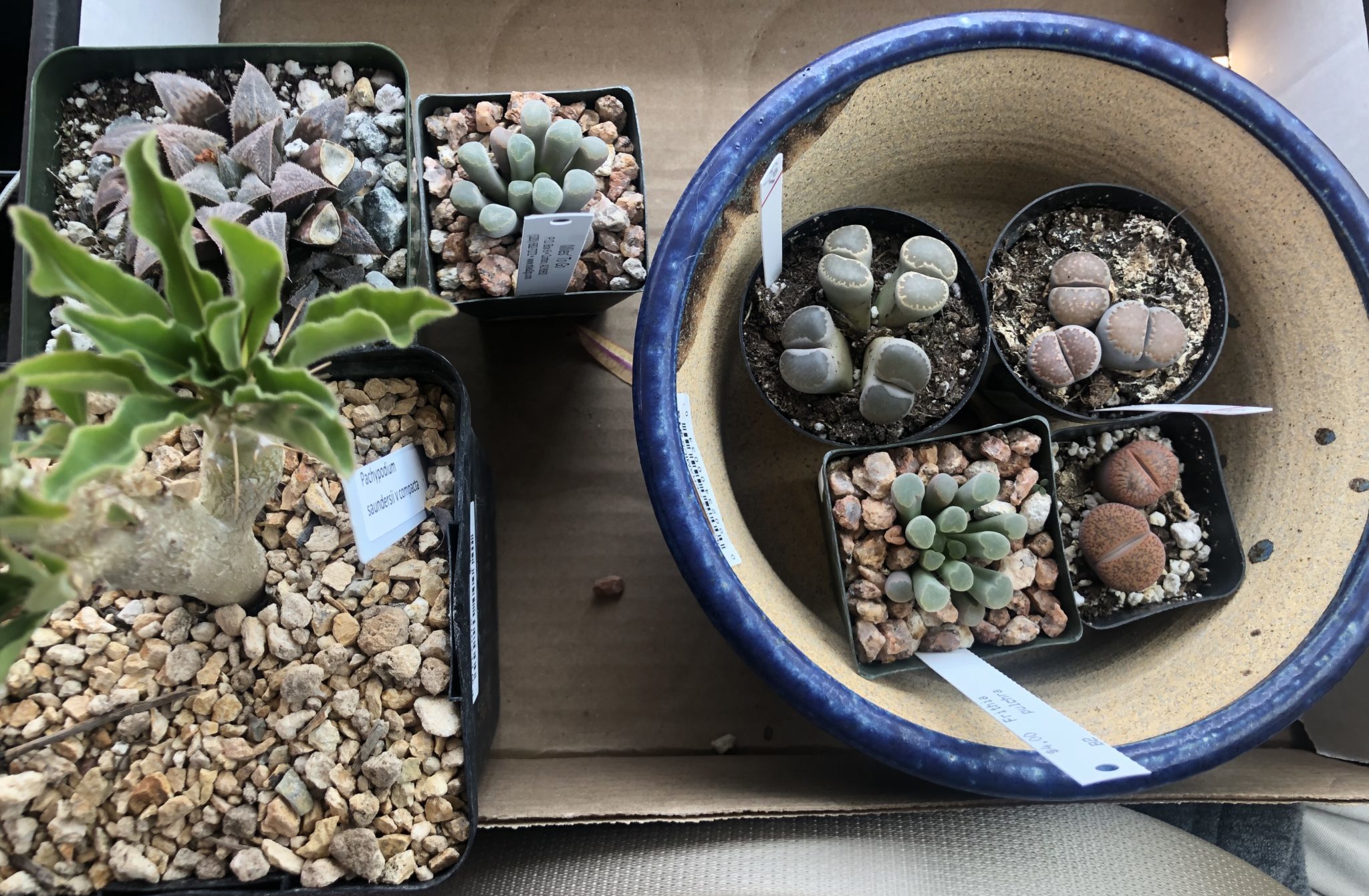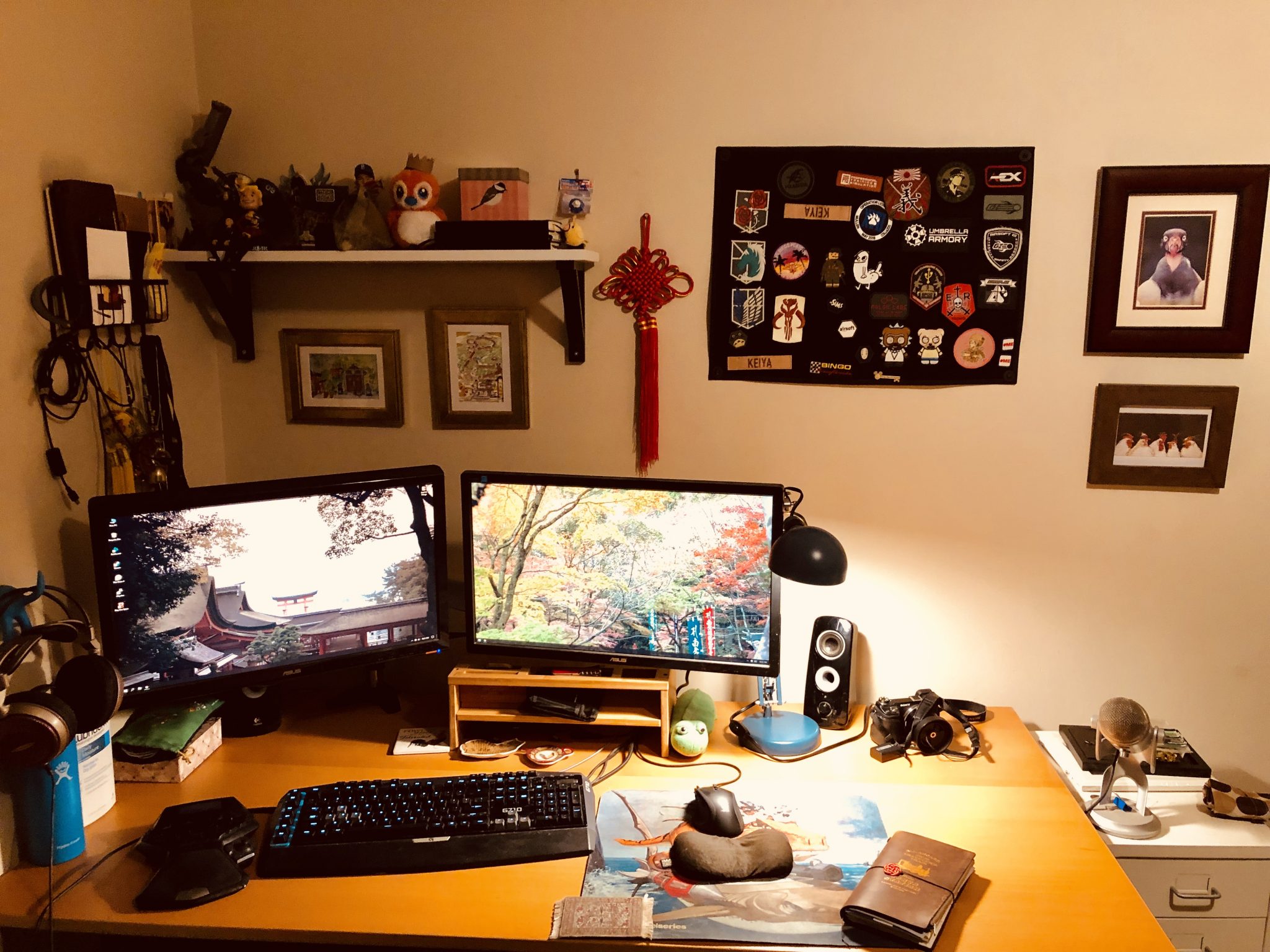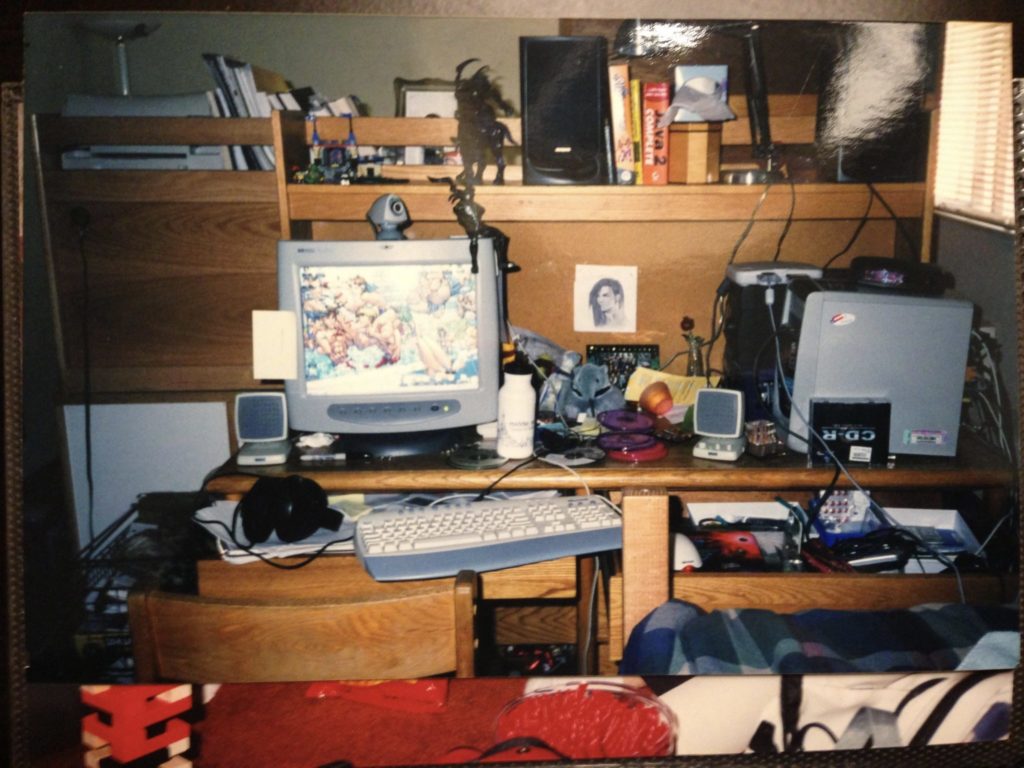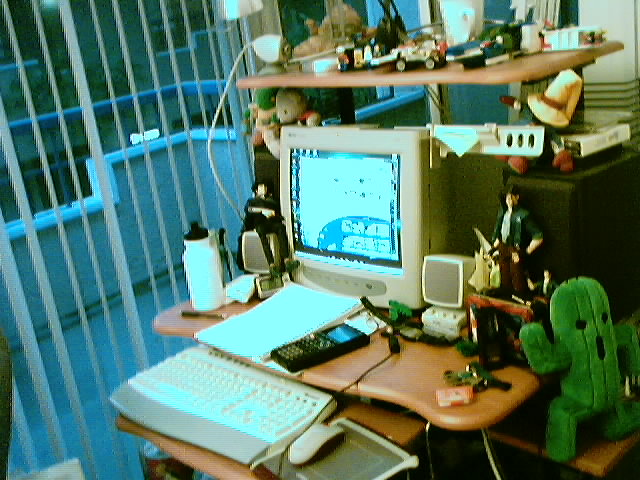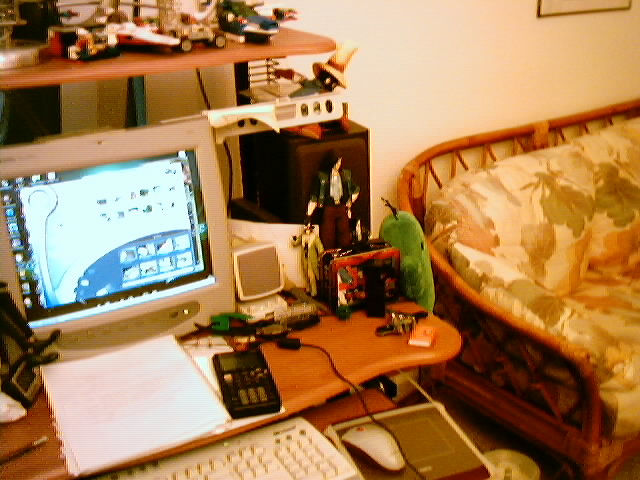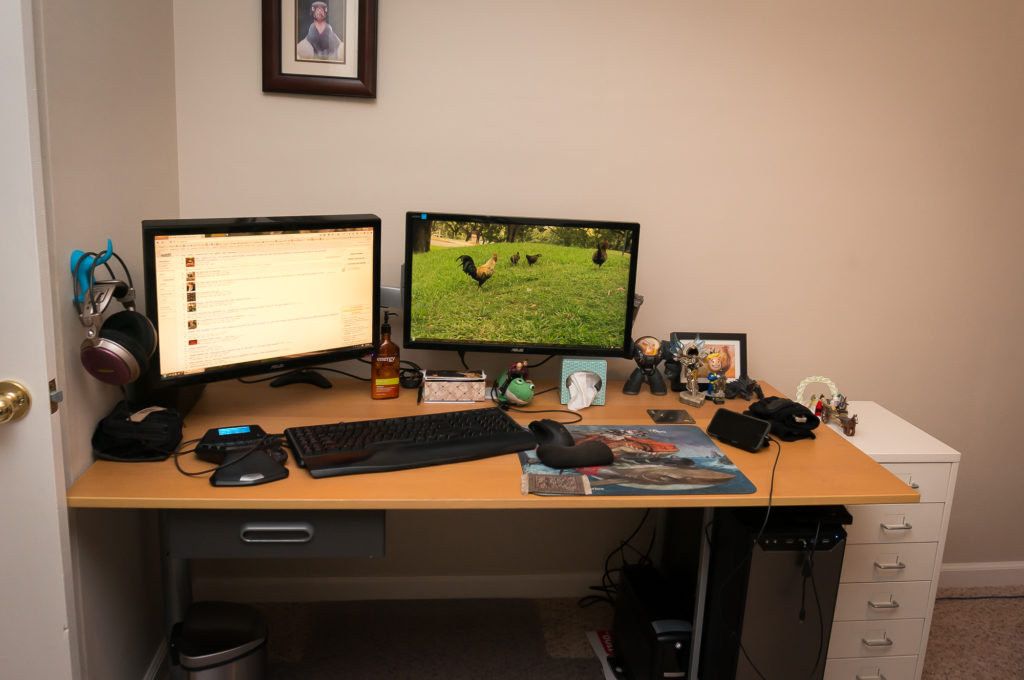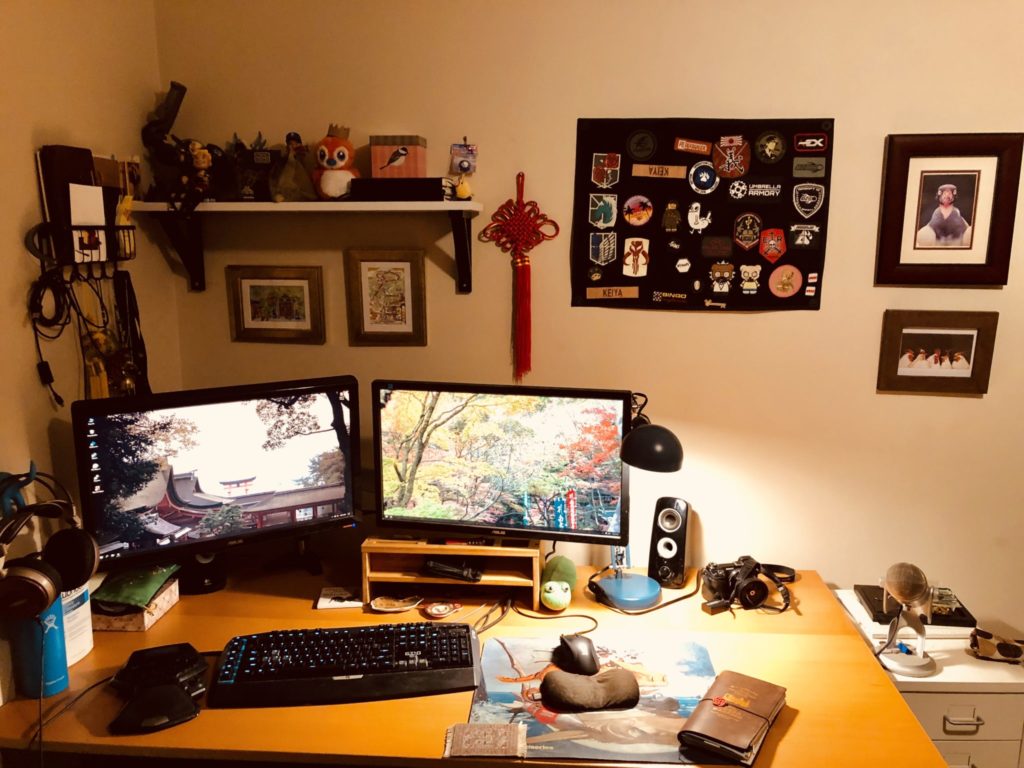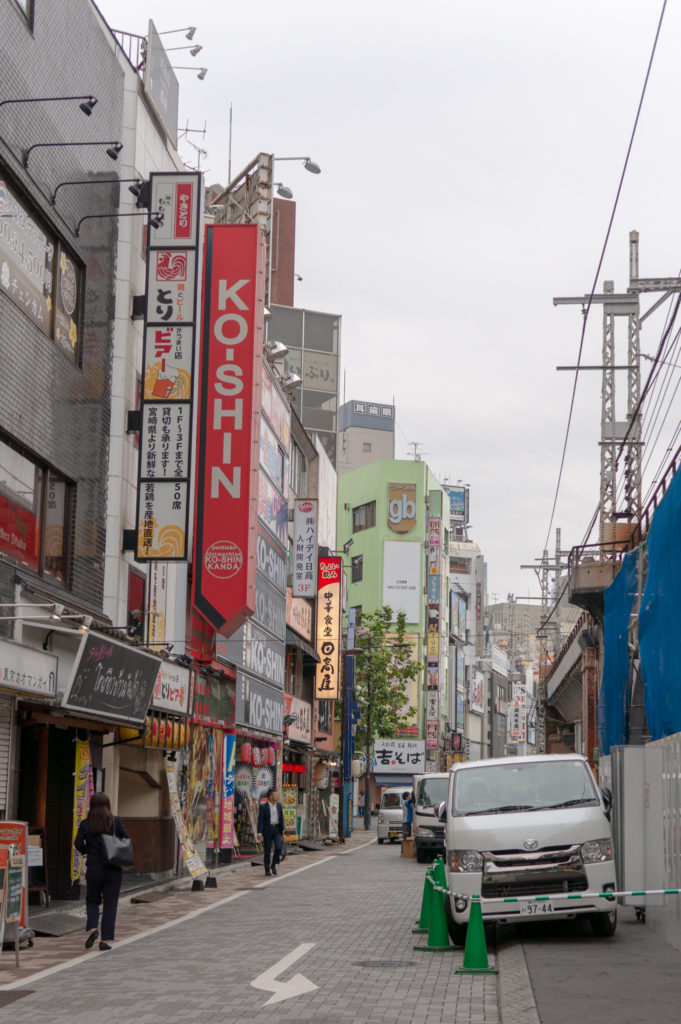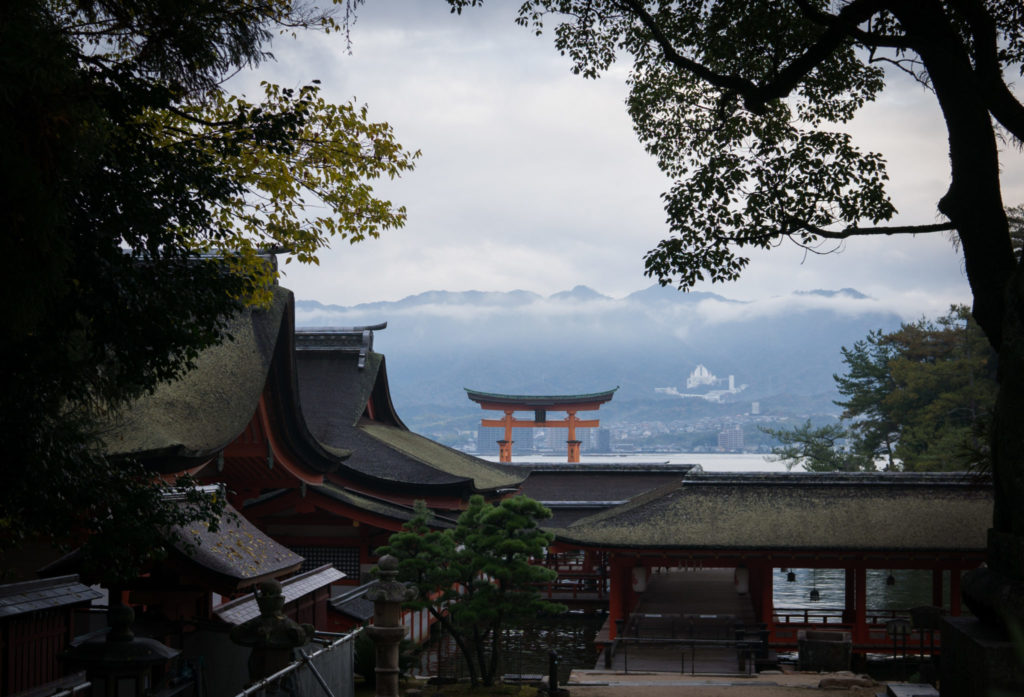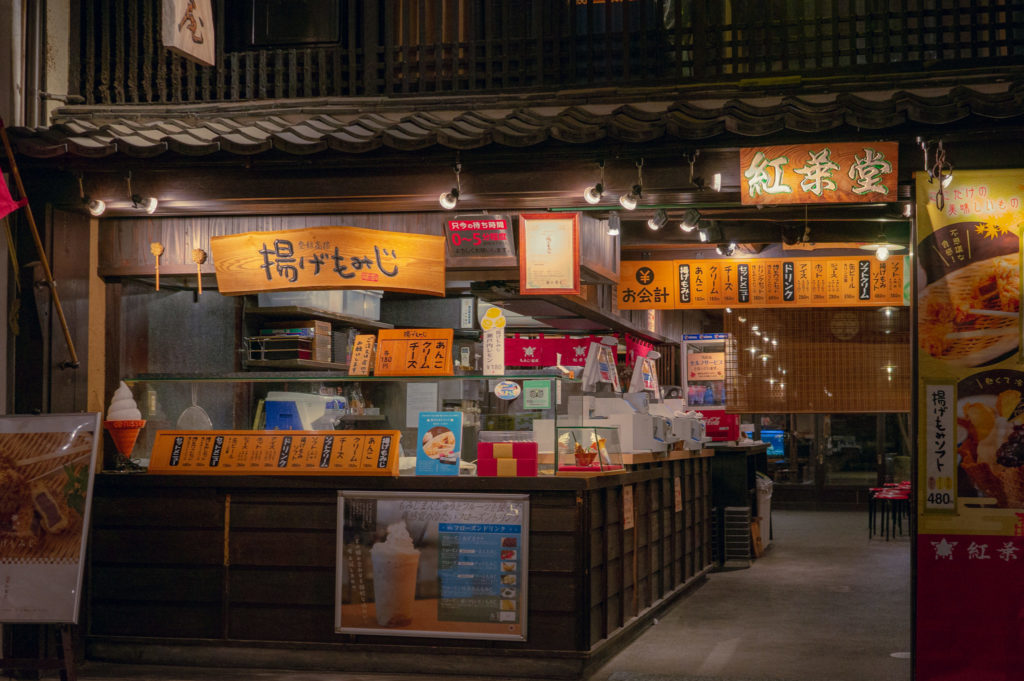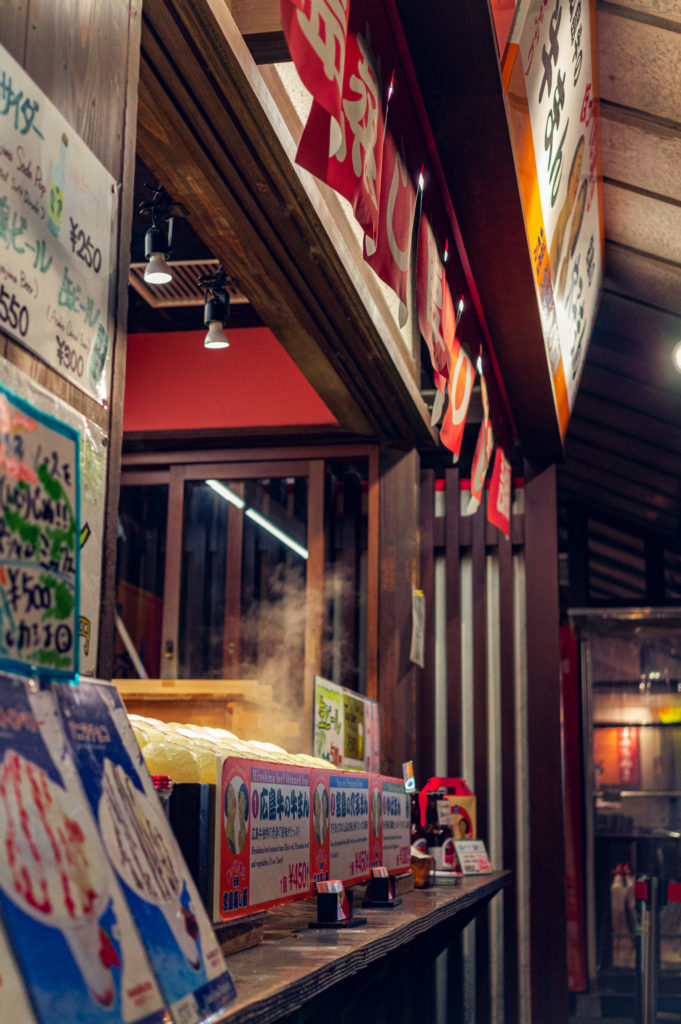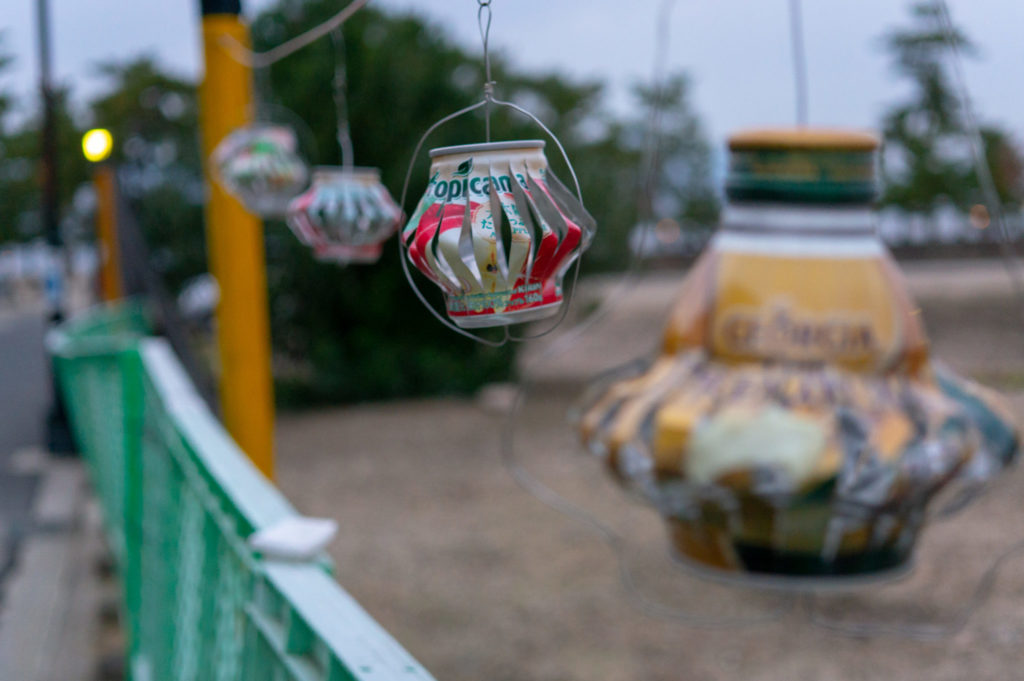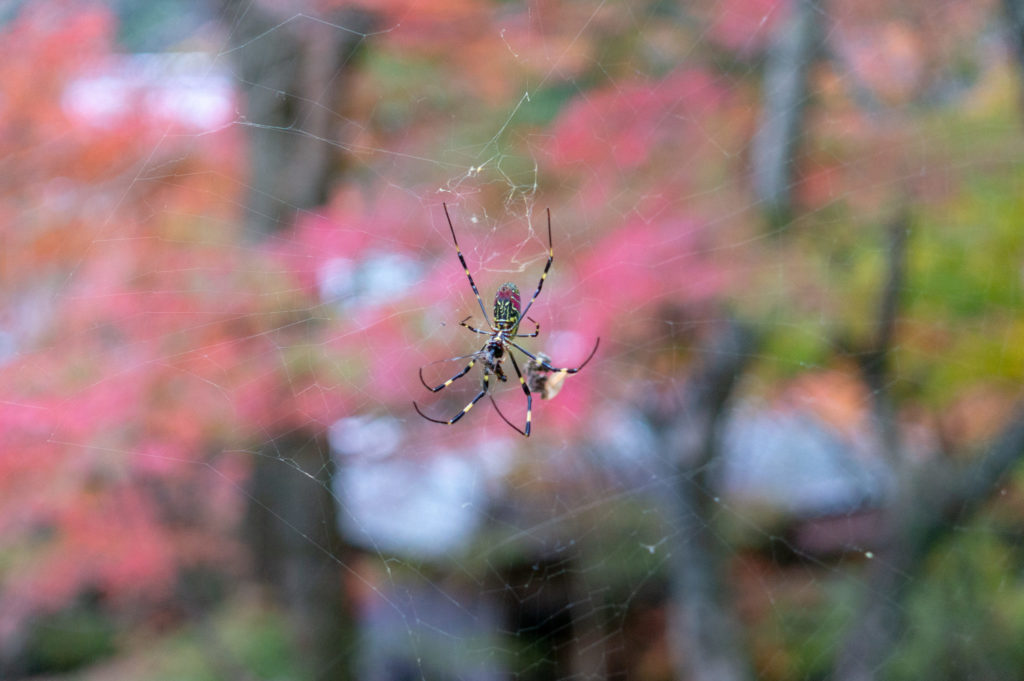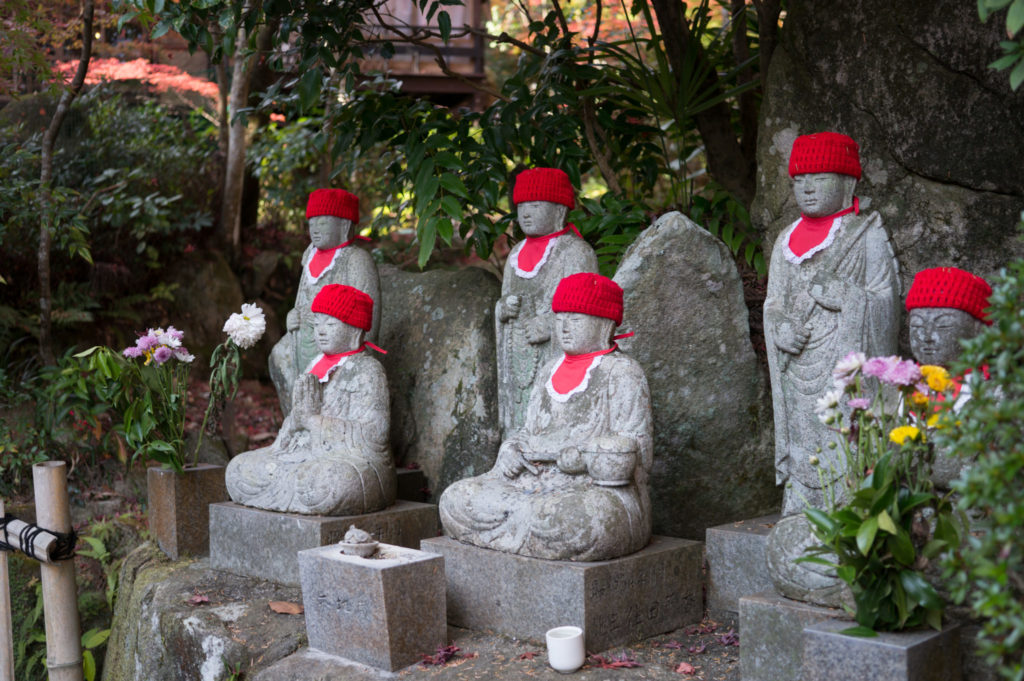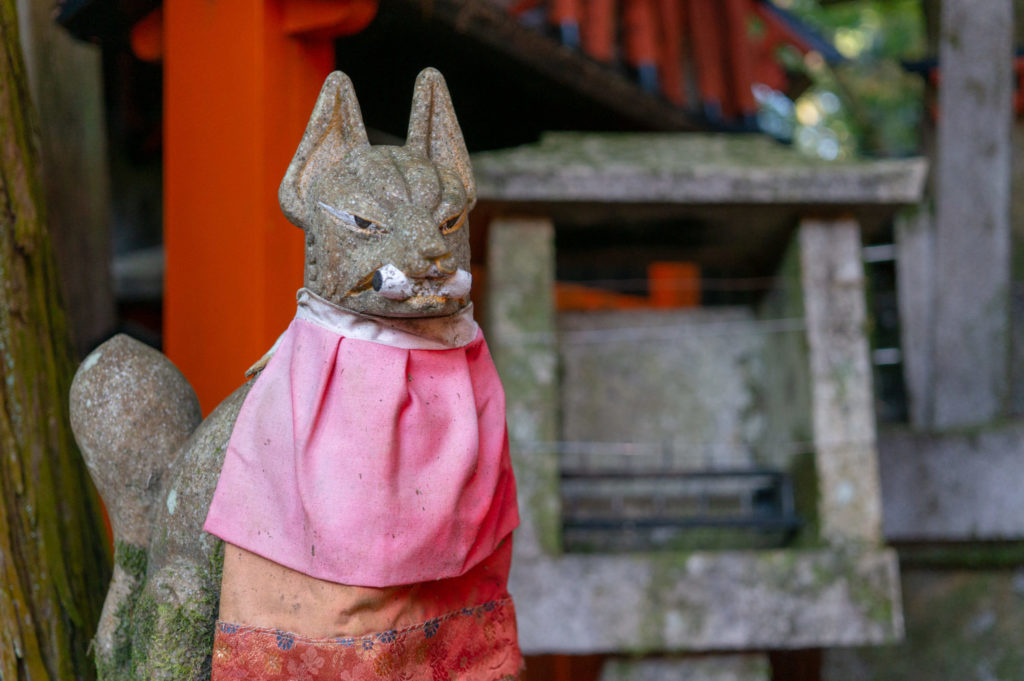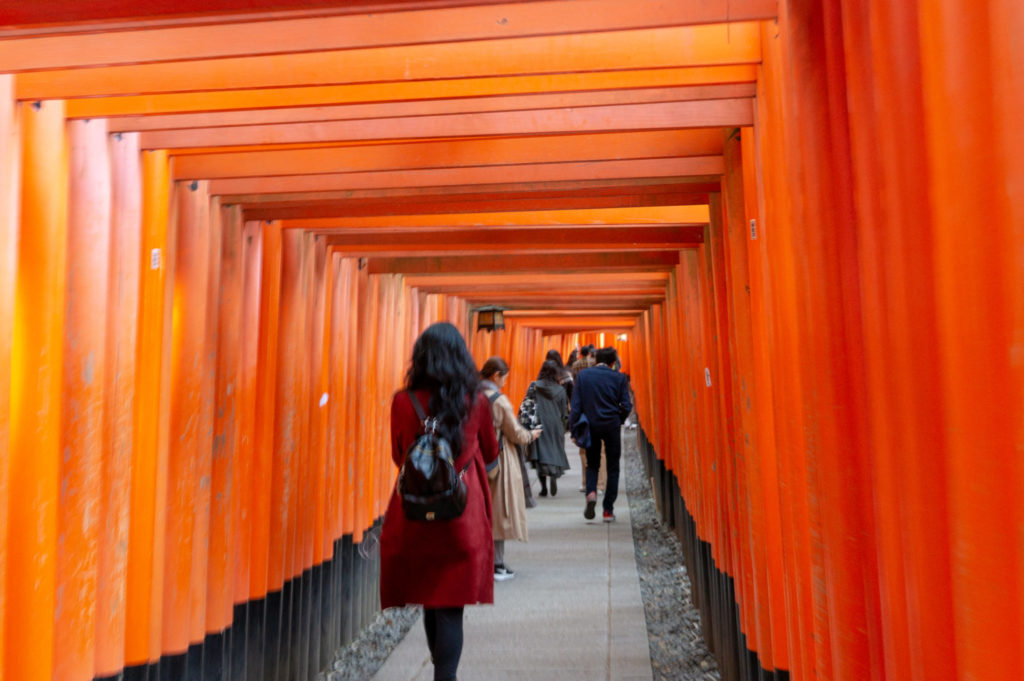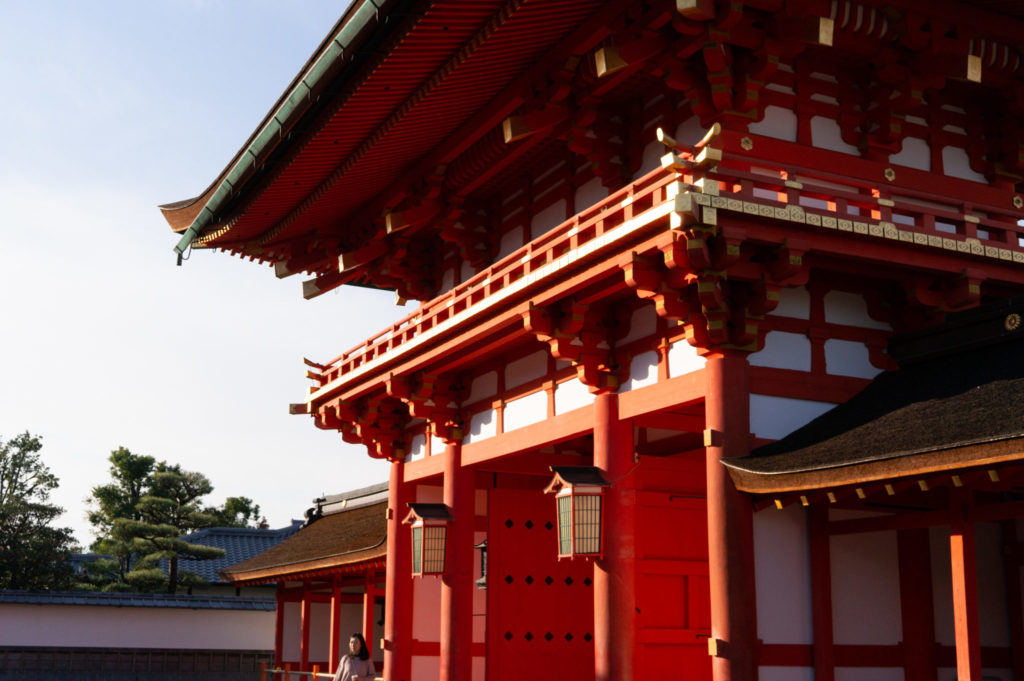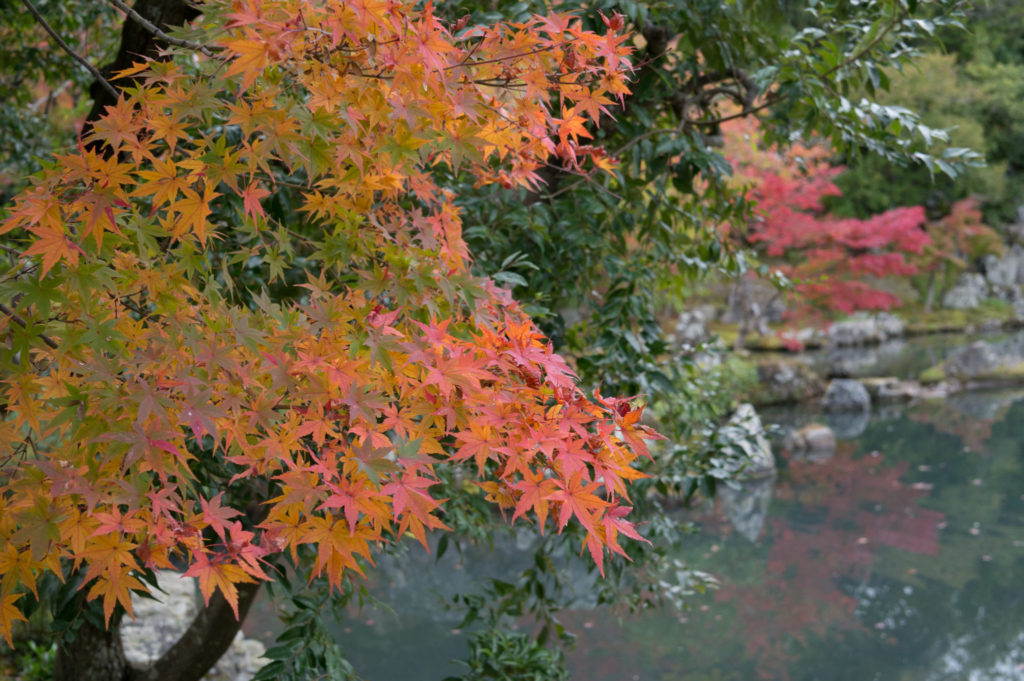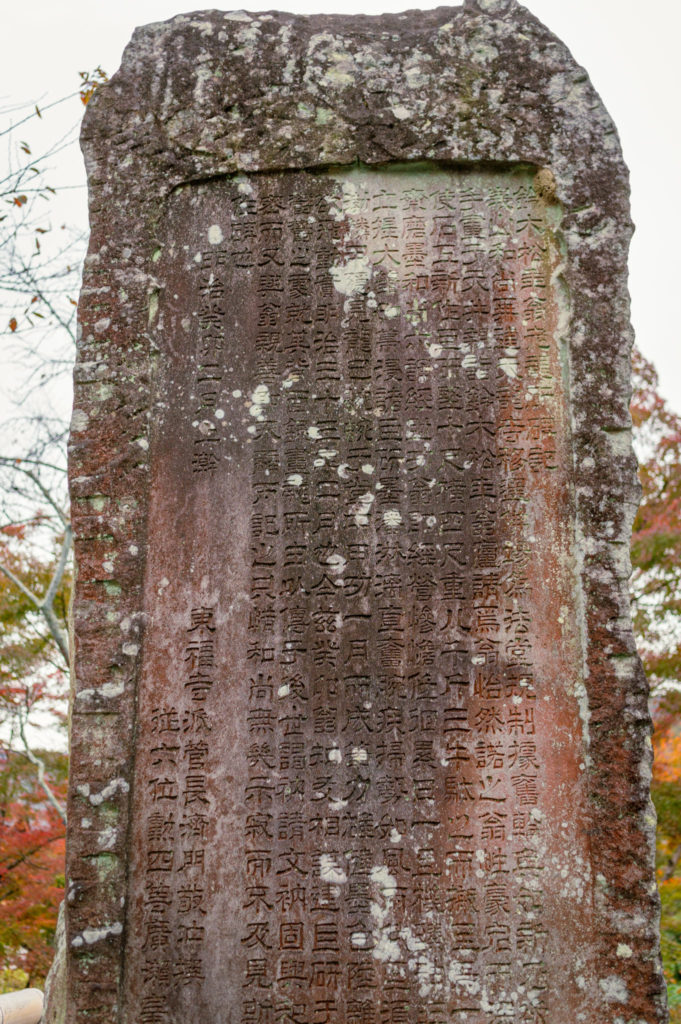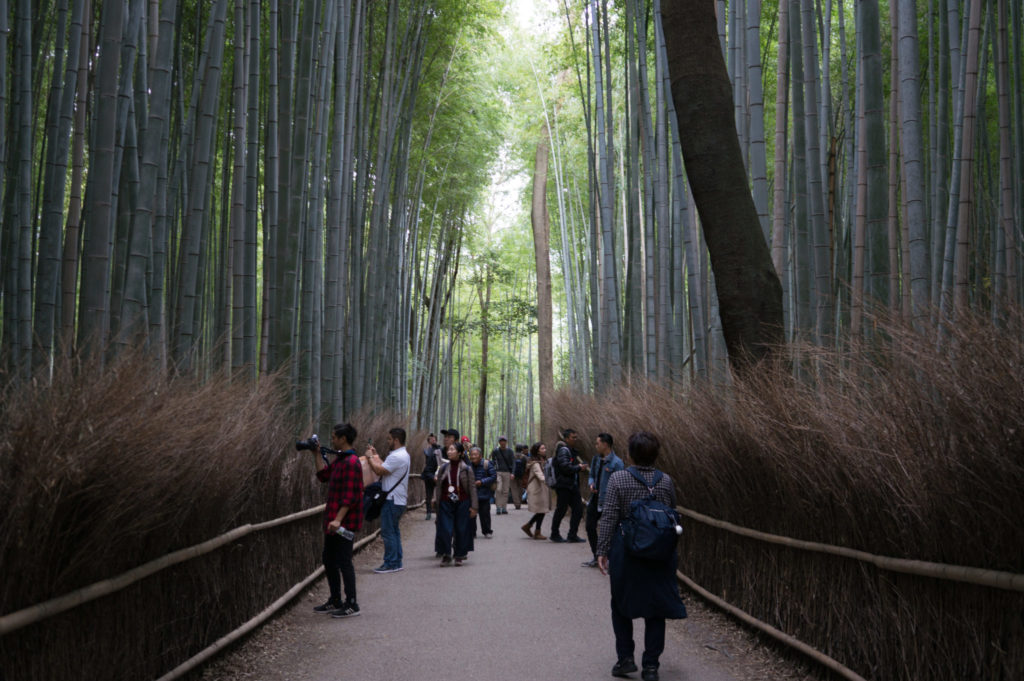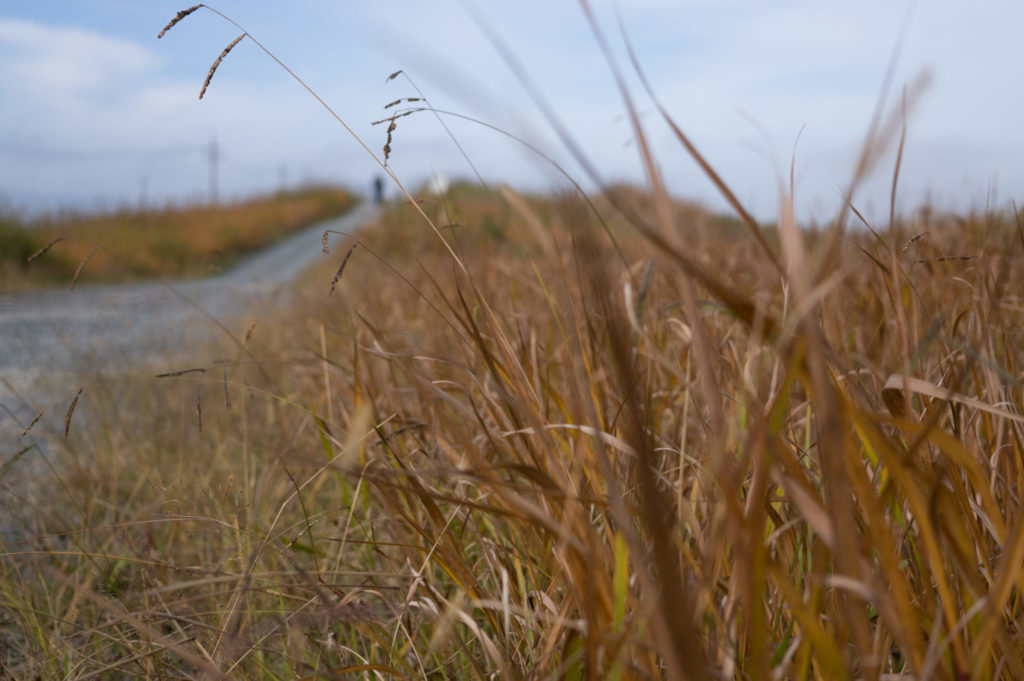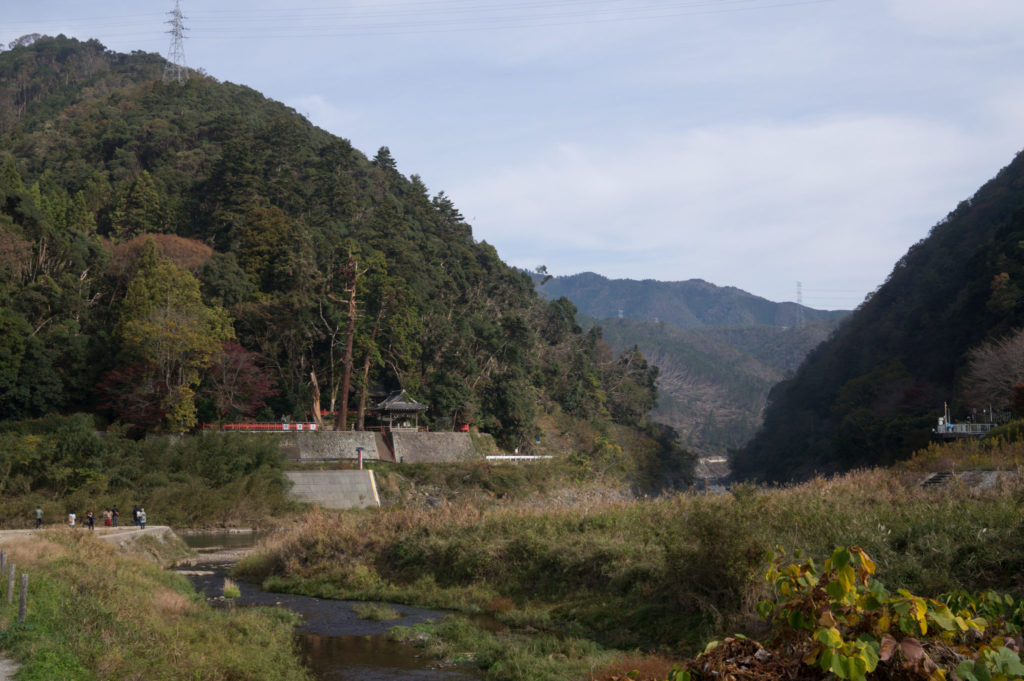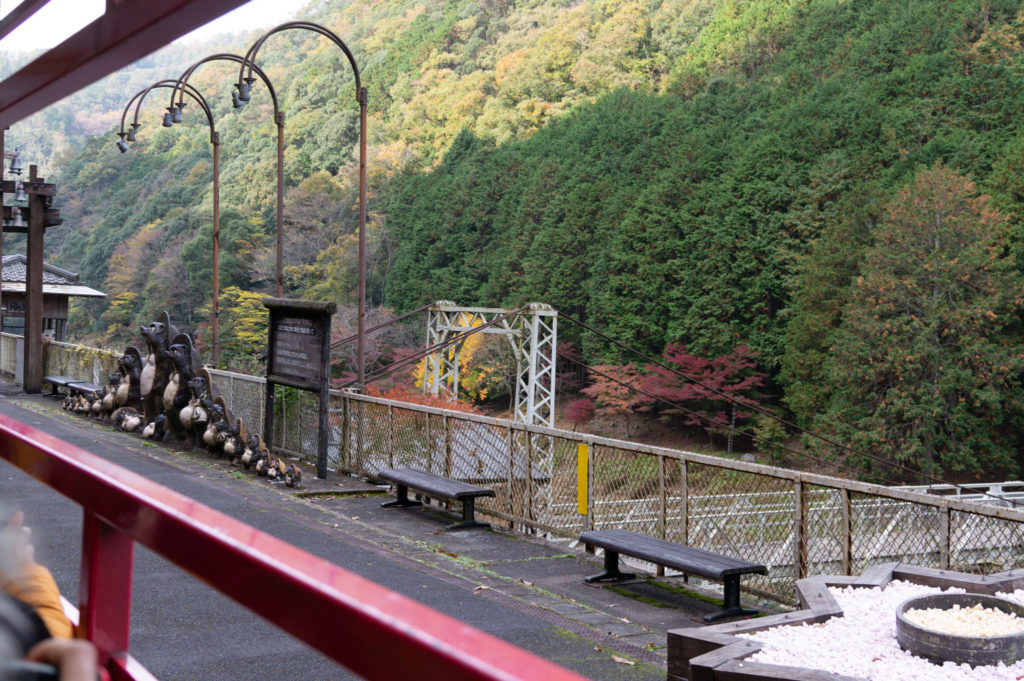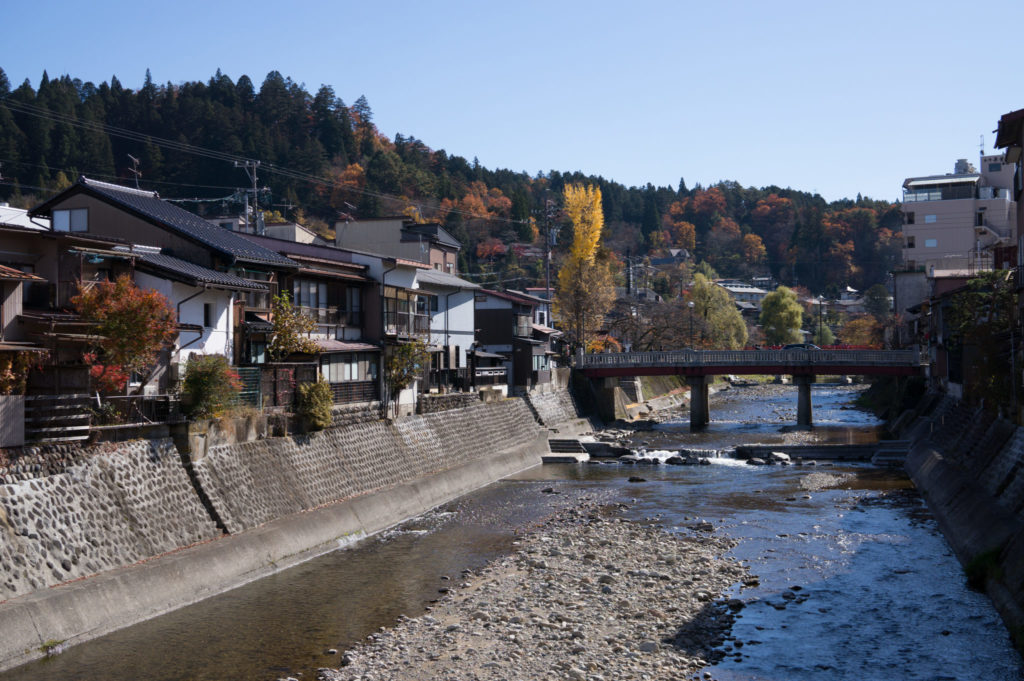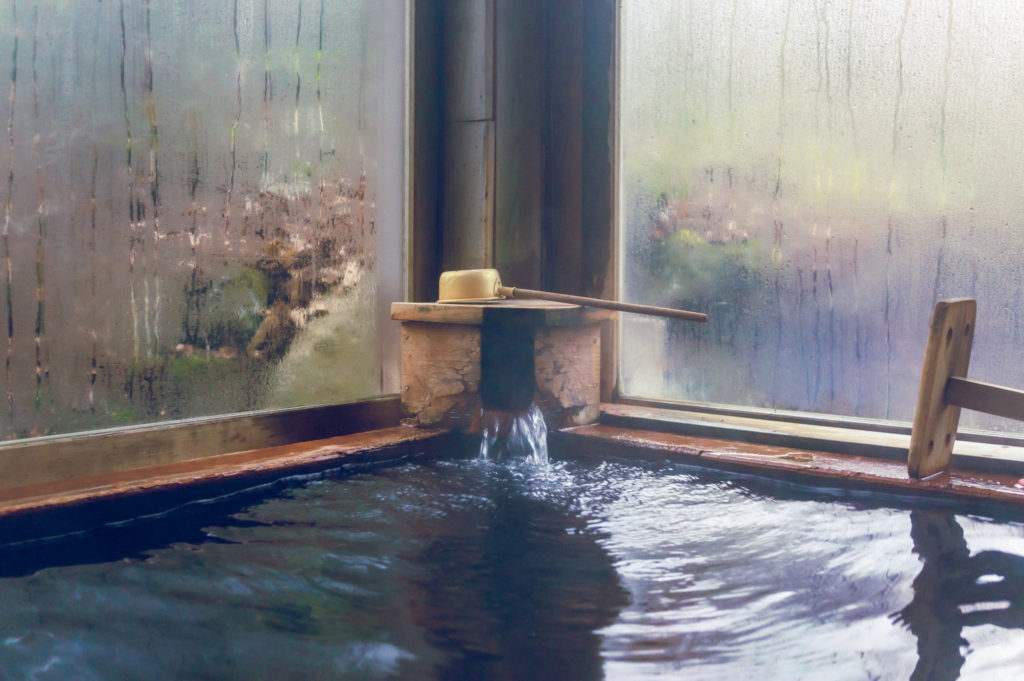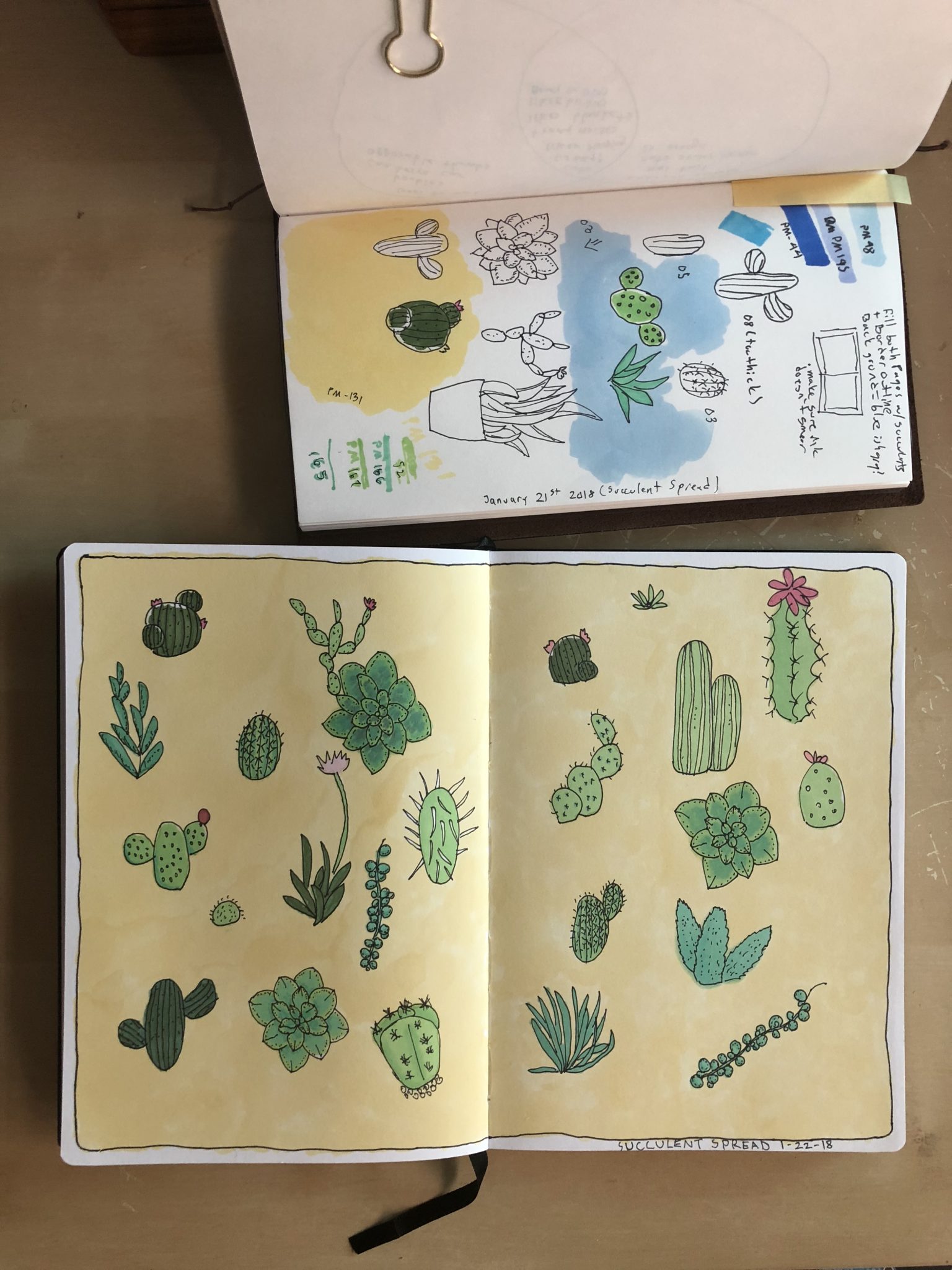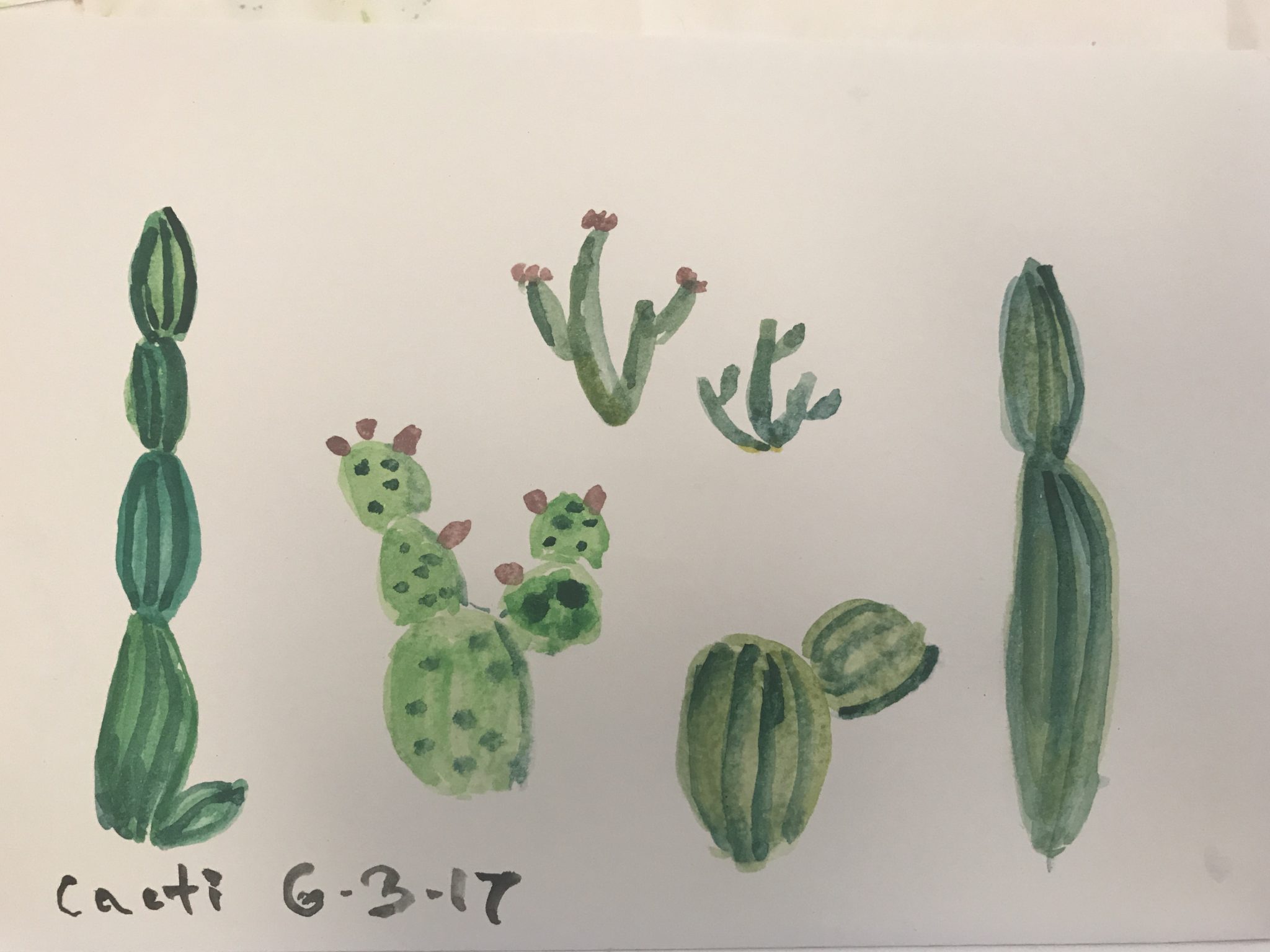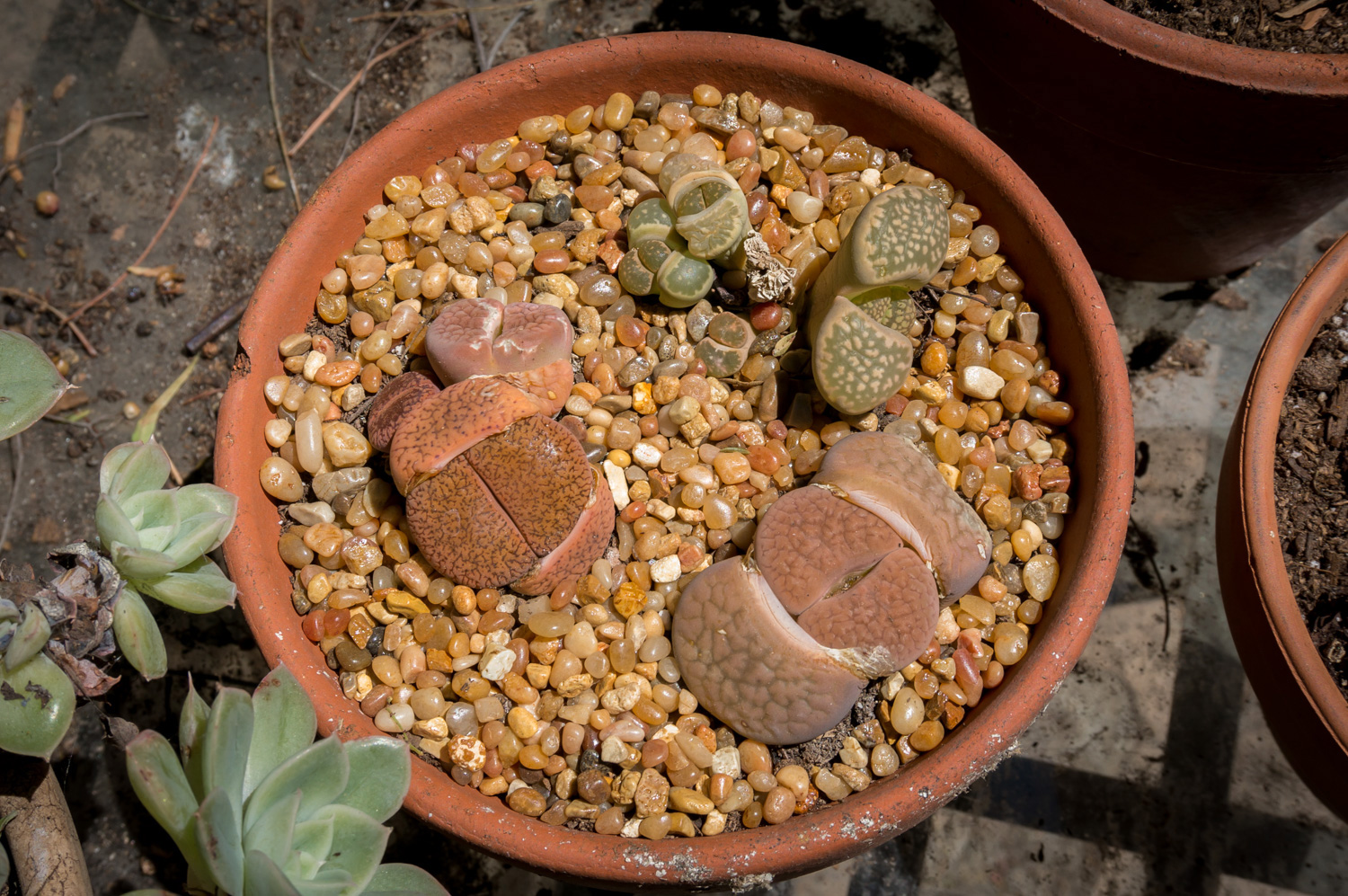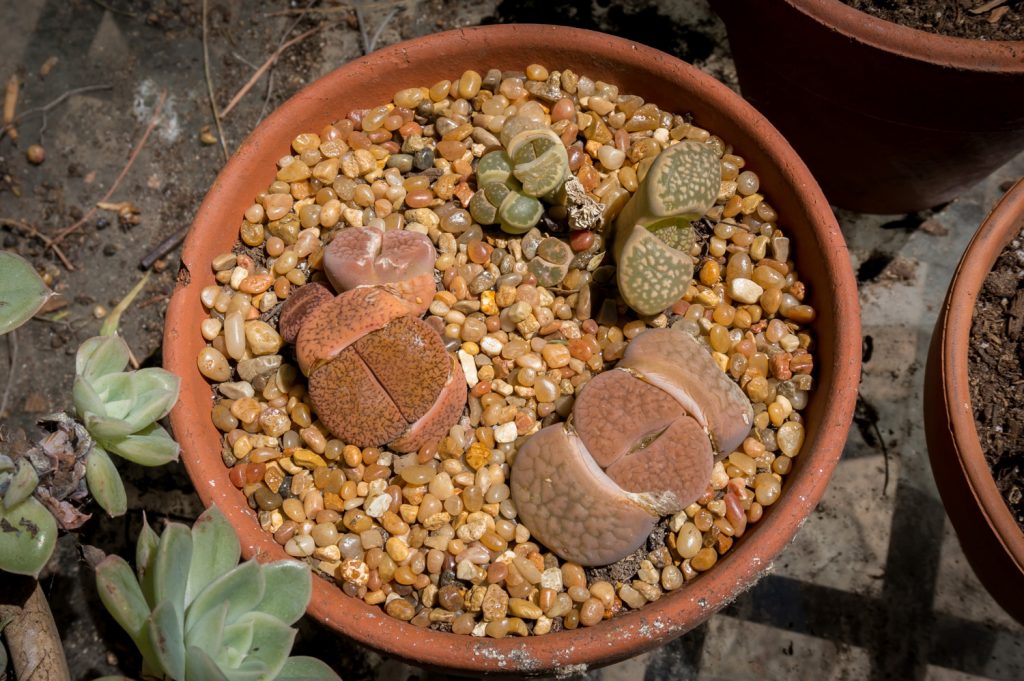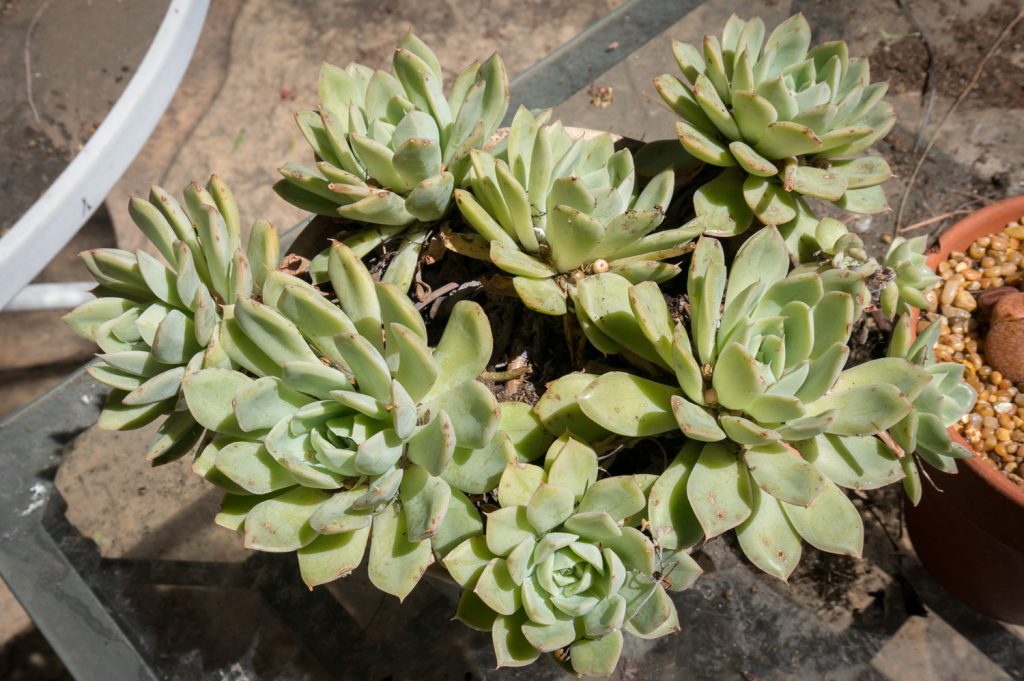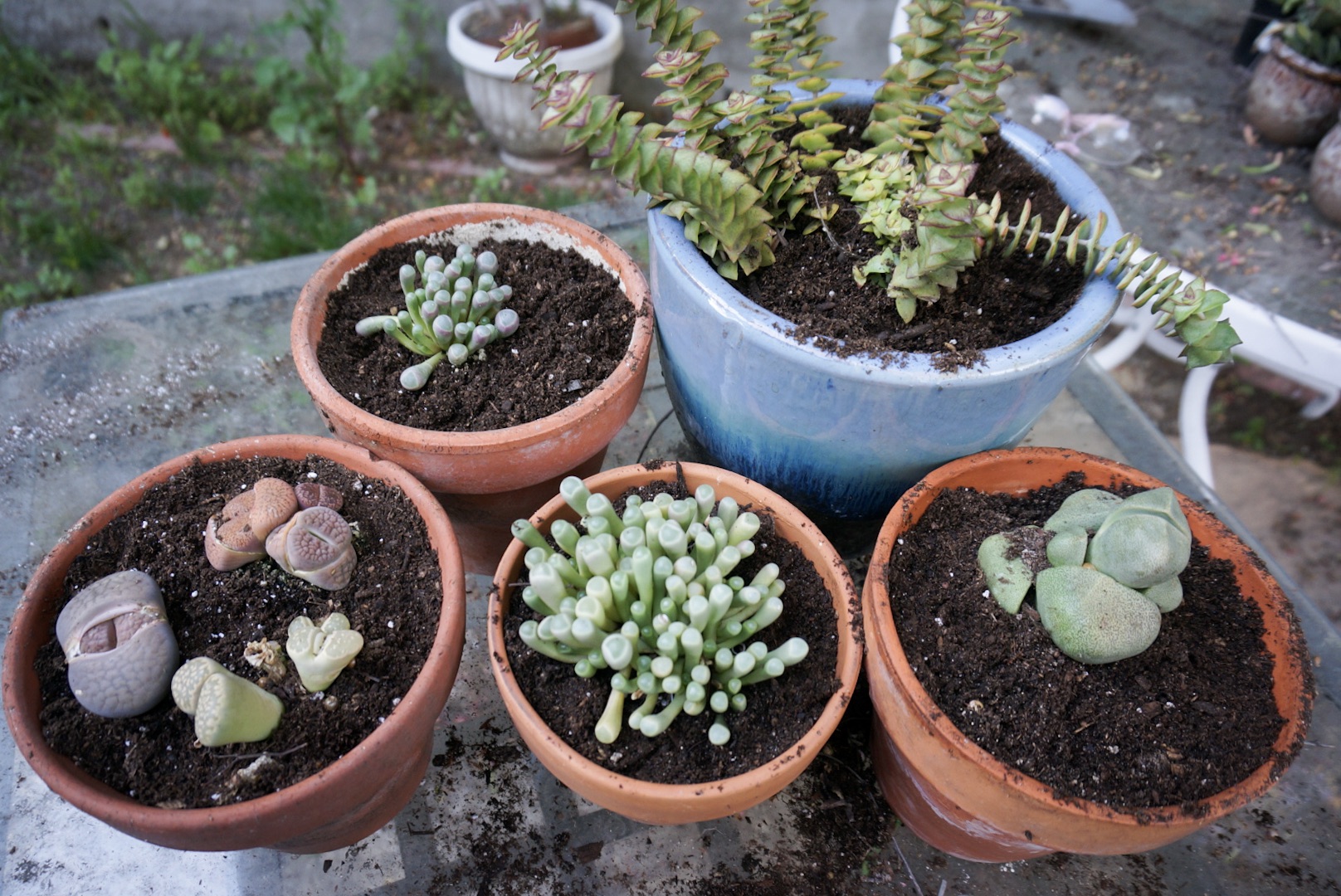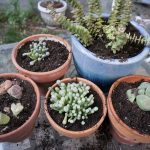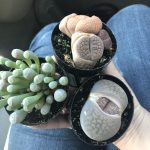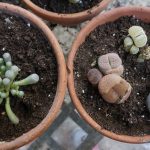Happy June everyone! Although literally no one visits this site, I am trying to get into the habit of updating this site more than once every year. I have made a few recent acquisitions + It’s been literally over two years since I last posted a plant update so hey, that’s a good place to begin. A combination of severe neglect and an unseasonal amount of rainfall here in Southern California has left a number of my more finicky succulents in a poor state. Most of them are fine, but some of my favorite plants (lithops and fenestraria are a little worse for wear).
Luckily, my husband had pointed out that our local succulent society had a show and sale this weekend, so I did manage to pick up a few new plants (as pictured in the featured image). My next project, now that the rain has (hopefully?) stopped is to clean up and work on my succulent gardening area in the backyard.
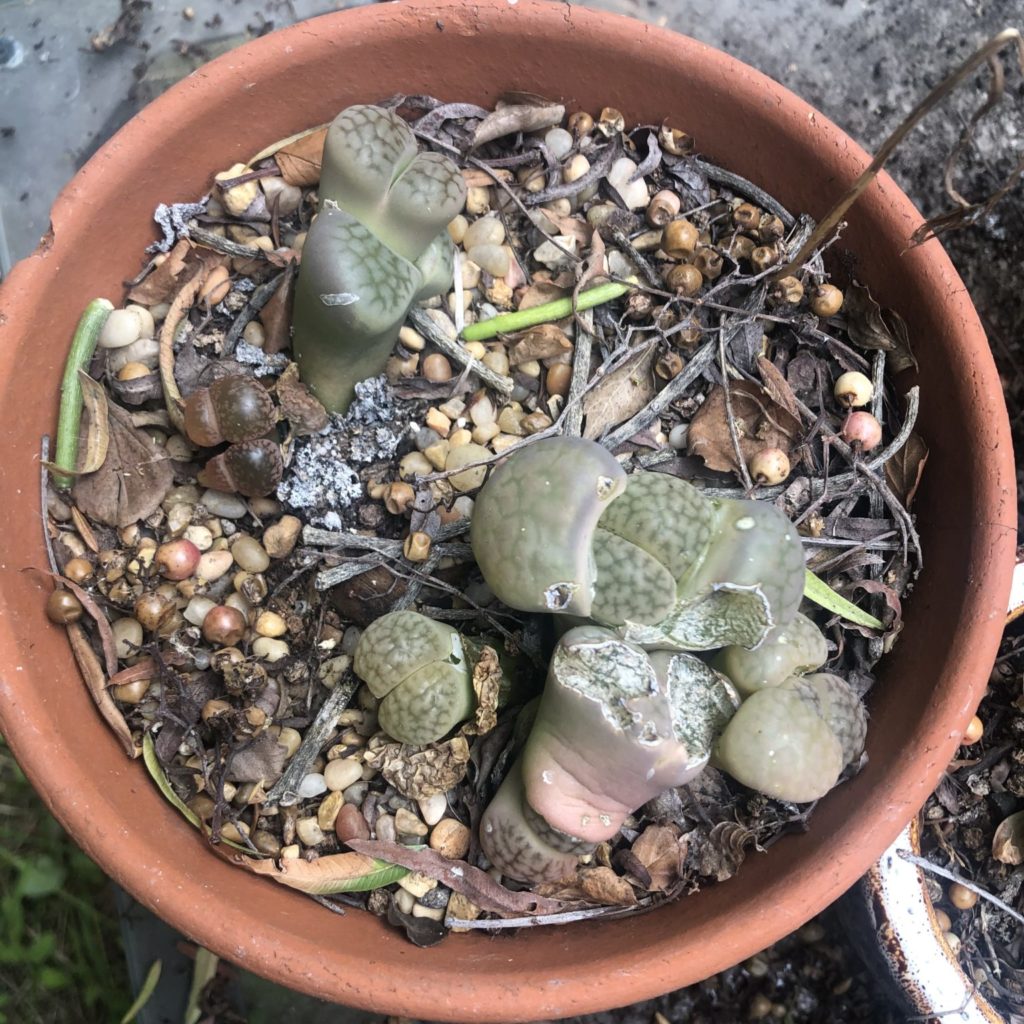
Here is my lithop pot. I had neglected to move them under the overhang during the like, 5 storms that we have had this year. Some of the leaves are in the process of growing new leaves that look like they may be okay, but I haven’t had a chance to check on the status of their roots (going to repot them into faster draining soil).
Additionally, the backyard rabbits seem to love munching on the lithops for whatever reason. As such, I have learned that they need to live on one of the succulent tables that isn’t rabbit prone and isn’t undearneath the stupid california pepper tree that rains shit all over my plants.
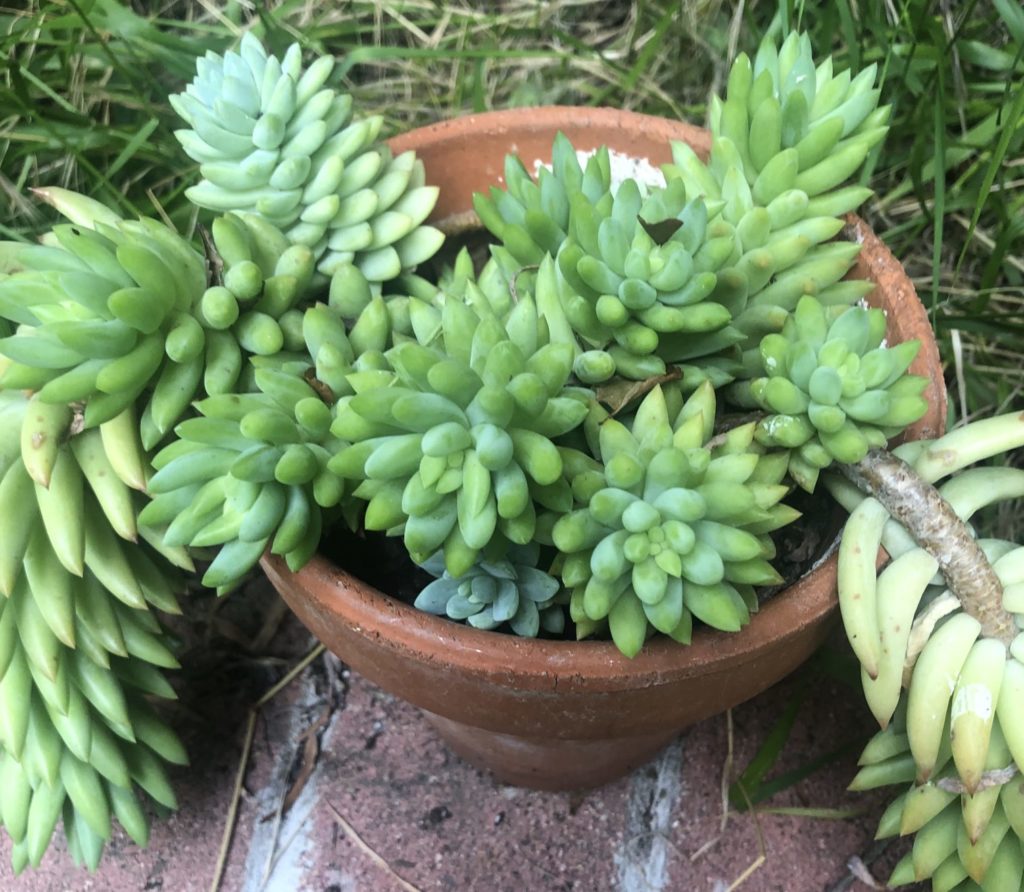
The burro’s tail seems to be happy enough to fill the pot with new growths. Once it grows a little more, I think I will repot it into a larger pot. They are so tricky to work with though, every time I touch it leaves seem to fall off.




Here are the new plants. The baby toes are frithia pulchra, a different type of mesemb than the baby toes pictured in previous posts. They have different watering requirements than the fenestraria so they cannot share a pot. I want to repot the newbies and some of my existing plants, but I am waiting on a shipment of pumice + faster draining potting soil. The blend that I am using now does not drain fast enough (the internet was right, perlite just….floats to the top of the pot. Annoying).
